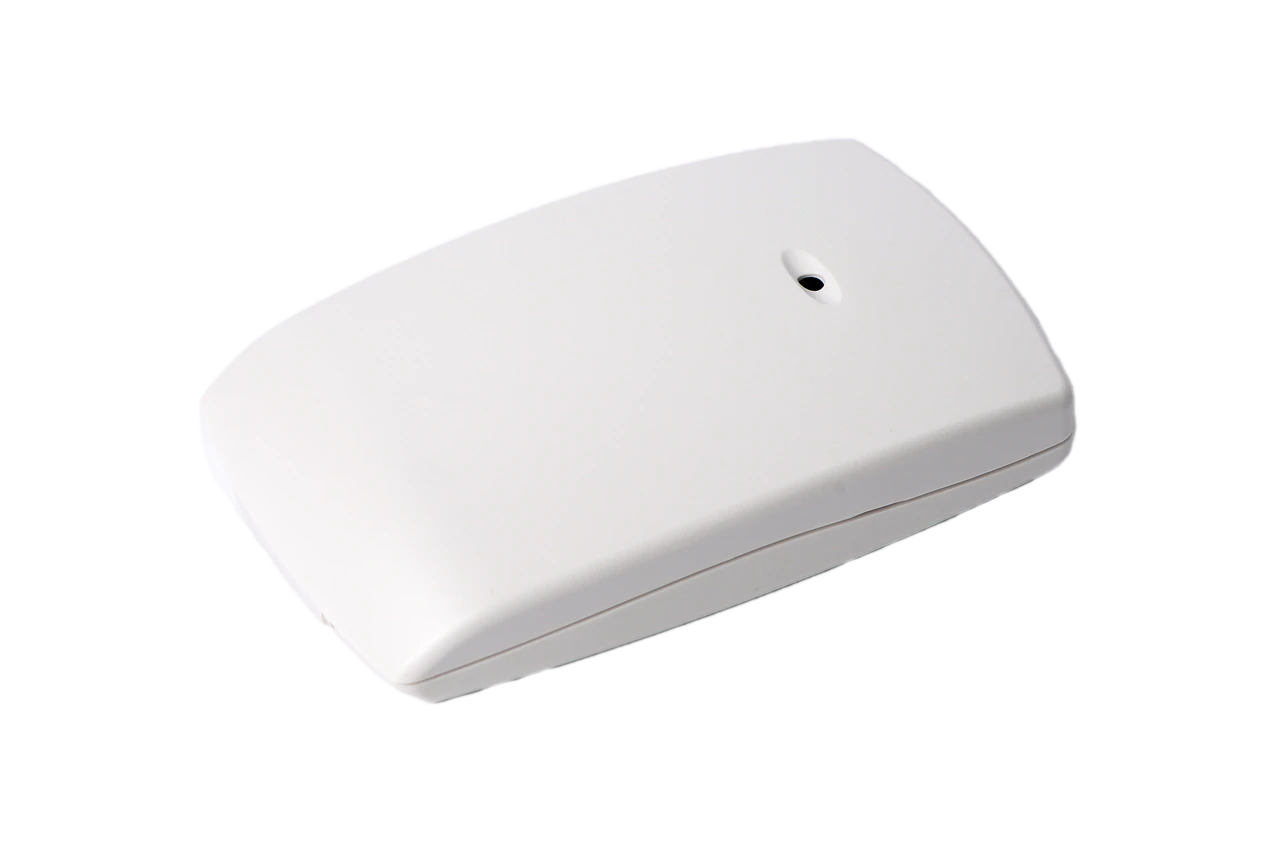
Glass Break Dectors Security
Home, Business & Yacht Protection
Managing your Security & Peace of Mind has never been easier.
Glass Break Dectors
Glass-break detectors are designed to “hear” the sound of breaking windows, creating a “first line of defense” for your home. The technology has improved immensely over the past several years. But do they really work and are they right for your home? Here are 4 things you need to know about glass-break detectors before you choose them as part of your security system.
1. Why Do I Need a Glass-break Detector?
Glass-break detectors are designed to prevent a burglar from getting into your home by breaking a window. Just like a locked door, this level of detection is much different than an interior motion sensor, which will not detect an intruder until he is already inside the house. By then, the burglar is simply playing a “beat the clock” game, getting as much of your valuables as possible before the dispatched law enforcement arrives. In some big cities, residential alarm signals are as low on the priority dispatch list, way behind armed robberies and car accidents. Indeed, for several years the average response time to a residential alarm signal in the city of Los Angeles, USA was well over 30 minutes. That’s a lot of time for a burglar inside the home. Sophisticated burglars have even been known to deliberately trip an alarm, hide nearby and time the police response so they have an indication of the time they will have inside the home. Likewise, when they trip the alarm a second time, the police response is likely to be even slower because the law enforcement officer will assume it’s “just another false alarm.”
2. Do They Really Work?
Yes. The technology behind glass-break detectors, or audio discriminators, has improved greatly in the past several years. In the past, the units were susceptible to activation from breaking stemware or china on kitchen tile floors, clanking glasses, teapot whistles, screams, sneezes and even bird chirps. New units have dual technology sensing ability that requires the unit to hear a “thump” in addition to a simple frequency detection.
3. Where Do You Mount a Glass-break Detector?
Units have varying ranges, but in open space environments, both hardwired and wireless version can detect breaking glass from about 35 feet away, according to the Web site HomeSecurityInformation.com. The units cannot “hear” through walls or ceilings. Placement of a glass-break detector should really be determined by your CE pro contractor, but many choose to mount them in first-floor locations that are not covered by motion sensors, such as back-of-the-house bedrooms. The dining room is another popular location.
ForceOne offers
Complete Home Automation Systems
Complete Security & Monitoring Systems
Complete Access Control
Complete Security Guards & Armed Response
Call Now: 506-2653-0962

 Office Hours: M-F 8a-5pm
Office Hours: M-F 8a-5pm



